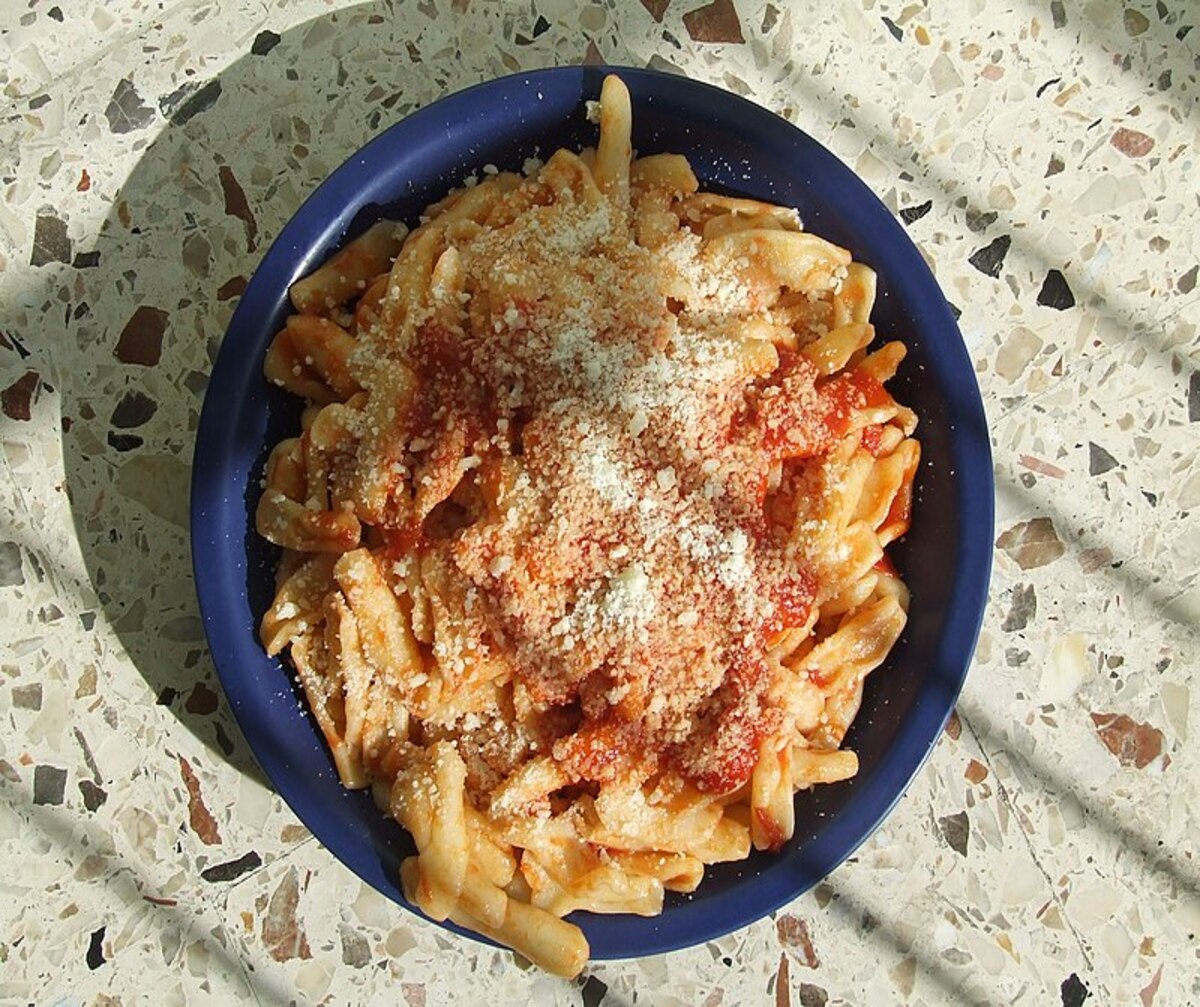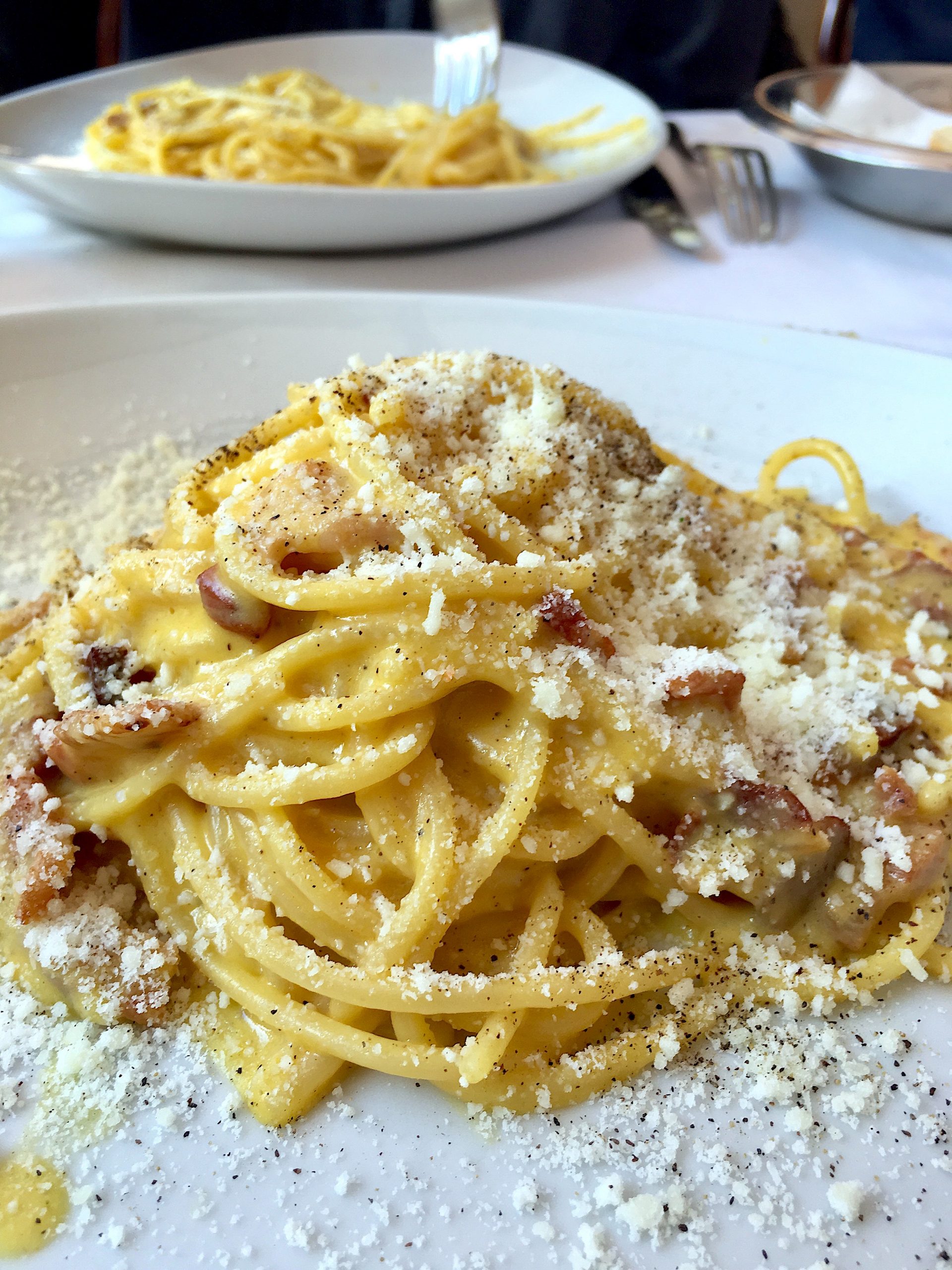Speaking of food, we can say that every place in the world is also characterized by what its inhabitants eat. Every state, every region, every city, every country has its own typical dish, something that says to the others “we are like this”. Then there are dishes and recipes that enter so deeply into the culture and customs of a people that they become a symbol. And what does represent and identify Italy more than Pizza?
The origins of pizza
How did this fantastic dish become one of the most recognizable symbols of the whole nation? It is not easy to answer this question. Certainly to understand how pizza is born we must start from the origin of the bakery.

Since the Neolithic era men understood how to cook on a stone roasted and ground cereals. Starting from these first forms of breadmaking, men have always tried to add different ingredients to give new flavor. Then with the use of yeasts (discovered by the Egyptians to make beer) the crushed or ground cereal doughs after cooking become softer, lighter, tastier and more digestible. And so bread spreads. A type of baked bread dating back to 3000 years ago was found by some archaeologists in Sardinia. As proof of the fact that, on the island, they already knew the use of yeast at that time.
Bread with different shapes and tastes
Throughout history, bread begins to have different shapes and tastes. The ancient Greeks prepared a flattened bread that they share with different types of flavors, including garlic and onion. In ancient Rome the peasants prepared a round focaccia cooked on the fire starting from a dough of flour of wheat grains ground with water, aromatic herbs and salt. These kinds of bread discs were used to contain juicy dishes. Even earlier, the Etruscans also prepared flat-shaped loaves similar to focaccia. Similar foods can be found all over the world and continue to be consumed today.

To talk pizza we have to wait until the beginning of the second millennium. In a document from Penne (Abruzzo) of 1195 and in some of the 1300s of the Roman curia, the terms “pizis” and “pissas” are found, which refer to baked goods typical of the central and southern part of that period.
Pizza in Naples
The history of pizza as we know it today begins in Naples. In 1535 the poet Benedetto Di Falco in his work “Description of the ancient places of Naples” states that the “focaccia, in Neapolitan is called pizza”. It was still a dough of wheat flour kneaded and seasoned only with garlic, lard and coarse salt in the cheaper version, or with caciocavallo and basil in the richer “mastunicola”. In this version, olive oil replaces the lard. In the eighteenth century the tomato was used and the pizza became similar to the modern one. Not peeled, not passed but fresh tomatoes following a scrupulous conservation procedure. The true ancestor of modern Neapolitan pizza is the marinara, the one with tomato, abundant garlic, oil and oregano.

It is cooked in wood-fired ovens and sold on the streets or in outdoor stalls. In this period it becomes the best-selling street food, easy to consume, cheap and tasty. Little by little it also conquers the nobles of the city. Between the eighteenth and nineteenth centuries the custom of eating it began to spread, as well as on the street or at home, or directly in the shop where it was prepared. Thus the first pizzerias were born. Pizza is now widespread throughout southern Italy and is offered in countless variations.
In 1889, when King Umberto I and Queen Margherita visited Naples, the pizza maker Raffaele Esposito, created for them the three classic pizzas, the “mastunicola“, the “Marinara” and the pizza with tomato, mozzarella and basil, recalling the Italian tricolor. The sovereign especially appreciated the latter and hence is was named “Pizza Margherita“.
The worldwide spread
Until the mid-twentieth century pizza was a typical dish especially of southern Italy. After the Second World War, following the rapid industrial growth of the north and the consequent emigration from the south, pizza was also known in other regions. Within a few years, pizzerias open all over the peninsula and pizza becomes dish for all. From here it spreads wildly all over the world, from America (where in reality it was already known in some community of Italian emigrants, especially in New York) in the north and south, to all of Europe, from China in the middle east. It is now so widespread and appreciated all over the world that two years ago UNESCO recognized the Art of Neapolitan Pizzaiuolo as an Intangible Cultural Heritage of Humanity.






